Practitioner of the Month: Sandy Woodburn, RMT
Every month, we’re showcasing one of our amazing practitioners so you can get to know them and their services better.

Sandy Woodburn
Registered Massage Therapist
ABOUT SANDY WOODBURN
Sandy Woodburn is committed to helping you remain active and mobile throughout your life, through the ancient healing art of touch. His treatments blend an Eastern, holistic approach with Western, evidence-informed assessments and targeted treatments.
In his youth, Sandy was strongly influenced by Japanese literature and culture. He moved to Japan where he worked for many years as a translator while pursuing his passion for the martial art of Aikido. His martial arts studies led him to develop an interest in health and the human body, pursuing an education in shiatsu to become a Japanese government-certified shiatsu therapist in 2006.
After returning to Canada, Sandy enrolled at the West Coast College of Massage Therapy, where he learned Western massage techniques such as injury assessment, trigger point release, active stretching, and joint mobilization. He attained Registered Massage Therapist certification in 2017 and has been helping people in Burnaby and Vancouver overcome injury and enhance their quality of life ever since.
Q&A
We asked Sandy to share his best tips for low back pain relief and what you can expect from your first massage treatment.
1) What sets you apart from other massage therapists?
I think my background in shiatsu gives me a different perspective on health and healing that stems from my exposure to an ancient healing tradition. In addition to Western anatomy and physiology, my studies of shiatsu have also acquainted me with Eastern concepts of energy flow and the holistic interrelationships between mind and body, surface structures and internal organs. We are more than just a collection of unrelated body parts; everything that goes into making us who we are as a living human being is interrelated, and changes to one ripple out to affect the whole.
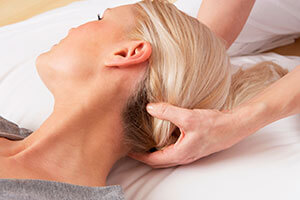
Of course, as a massage therapist, I am mainly working with the body’s soft tissues; but I try to keep aware that the changes I am able to affect directly—reduced muscle tension, increased blood flow, improved mobility, and so on—also have an indirect effect on the entire person. Lessening someone’s pain, improving their posture, or alleviating their stress can subtly affect their whole outlook and help set them on a path to improved overall wellness.
2) You’re certified in shiatsu massage and Western massage therapy. What is the difference between the two?
For me, the biggest difference is in the focus. Western massage therapists tend to concentrate mainly on treating the musculoskeletal system, whereas shiatsu traditionally takes a more holistic approach, targeting reflex points to stimulate the body’s natural self-healing abilities and restore overall balanced function.
From a patient’s point of view, massage employs a variety of stroking and kneading techniques applied directly on the skin, often with the help of oil or other lubricants, while shiatsu employs deep, gentle compressions using mainly the thumbs and palms that can be applied either directly on the skin or through a sheet or clothing. Both feel wonderful in different ways, and both can be used to effectively treat a variety of issues.
In my treatments, I try to blend the techniques and knowledge I have learned from both traditions in order to help my patients to the best of my ability.
3) What tips or home remedies can you recommend for people suffering from low back pain?
I have a lot of personal experience with back pain, having suffered from chronic low-back problems for many years following an injury when I was twenty. Fortunately, it went away while I was attending shiatsu college, and I credit the regular treatments I received from my classmates for my recovery.

If you have recurring bouts of back pain, there is likely an ‘issue in the tissues’ such as a weak muscle that is prone to strain. Normally, the other muscles around it take up the slack and guard against injury, but every now and then, especially when you are fatigued or stressed out, some small incident reinjures the weakened tissue and the cycle repeats. That’s why it is important to follow a regular exercise program to maintain the health and strength of the muscles surrounding and supporting the weakened area. There are many exercise programs out there that promote back health—the main thing is to work on core muscular endurance and flexibility.
It’s also important to develop an awareness of your own body. When do you tend to develop back pain? After a day of gardening? After sitting long hours at your desk? From twisting while lifting your child out of the car? Even though it sometimes feels as if your back just suddenly ‘goes out’ without warning, there are often signs leading up to the event, such as feelings of stiffness, fatigue, or twinges that forewarn a possible attack. At these times, it is especially important to go easy and tend to your back, keep mobile and be careful to lift and turn with your legs, even when lifting lighter objects. It’s also a good idea at such times to get a massage treatment as a preventative measure. Don’t wait till the pain ‘alarm bells’ start to go off! Regular massage helps maintain tissue health and often alerts you to areas of stiffness and tenderness that have snuck up on you unawares. For back pain, prevention is the preferred treatment.
4) For those who have never seen a massage therapist before, what can they expect from their first visit with you?

Generally I will spend a few minutes talking to the person to find out what their issue is, what injury or lifestyle factors may have contributed to their problems, and maybe perform a test or two to help pinpoint the problem. Then I discuss the treatment plan I have in mind and, if they are okay with that, I get to work. Normally I will ask the patient to remove their clothing in the areas to be treated and lie down under the sheet on the treatment table. (Of course I step out of the room while they are getting ready.) Only the areas actually being treated are exposed, and only with the patient’s consent. For those who are reluctant to remove their clothing, I can treat through clothing or a sheet, though this may limit the techniques I can use.
As I said before, my treatments are usually a blend of Western massage and shiatsu, and combine a general treatment with targeted techniques for problem areas. Of course I want to treat the problem at hand, but I also try to treat the whole body as much as possible, to help the patient leave feeling generally more relaxed, lighter, and looser at the end of the session.
To finish, I like to check to confirm what effect the treatment has had and suggest helpful exercises or lifestyle changes for the patient to do on their own.
5) What’s one thing you wish everyone knew about massage therapy?

Massage is inherently therapeutic. You don’t have to wait until you are injured or in pain to benefit from a massage—in fact, regular treatments can help maintain your body’s optimum health and draw your attention to areas of stiffness or tenderness before they reach the point where they are sending out alarm bells of pain. In the modern world, people are continually on the go, subjecting themselves to physical and emotional stresses that make it hard to maintain a healthy balance. The old saying that an ounce of prevention is worth a pound of cure is as true now as it ever was. The other day I had a patient come in for a regular shiatsu treatment; at the end of the treatment, I asked her how she felt. She responded, ‘I feel wonderful, so much better. Does anybody ever say they feel worse?’ I have to admit, no one ever has.
Whether you’re dealing with back pain, recovering from an injury or simply seeking some regular maintenance or stress reduction, Sandy and his healing hands can help you achieve your health and wellness goals. Come in for a rejuvenating massage and feel your aches and stresses melt away.
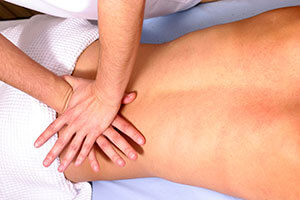
Book a massage with Sandy today.
You can book a massage with Sandy below or by giving us a call at 604-437-7777.






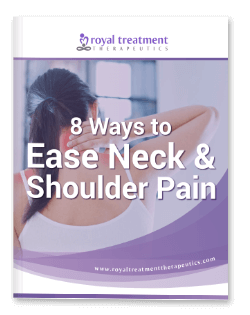
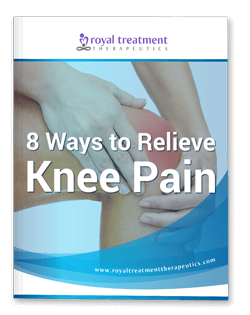

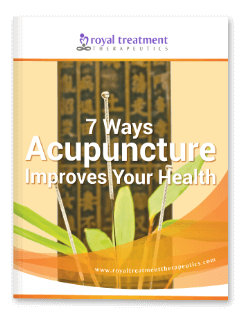
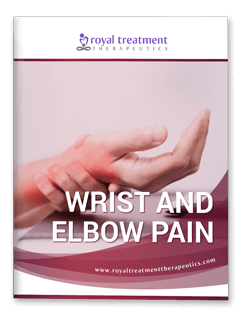
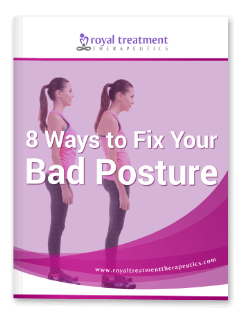
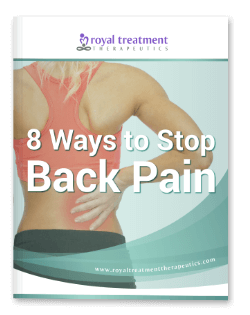
Add Comment